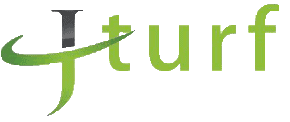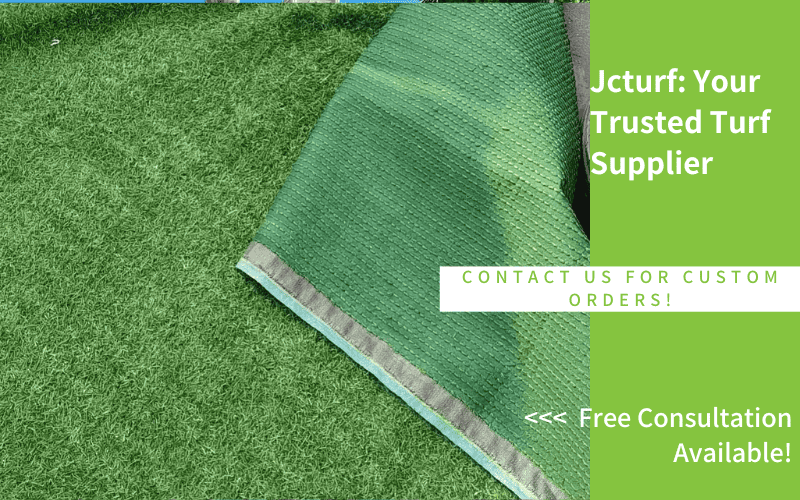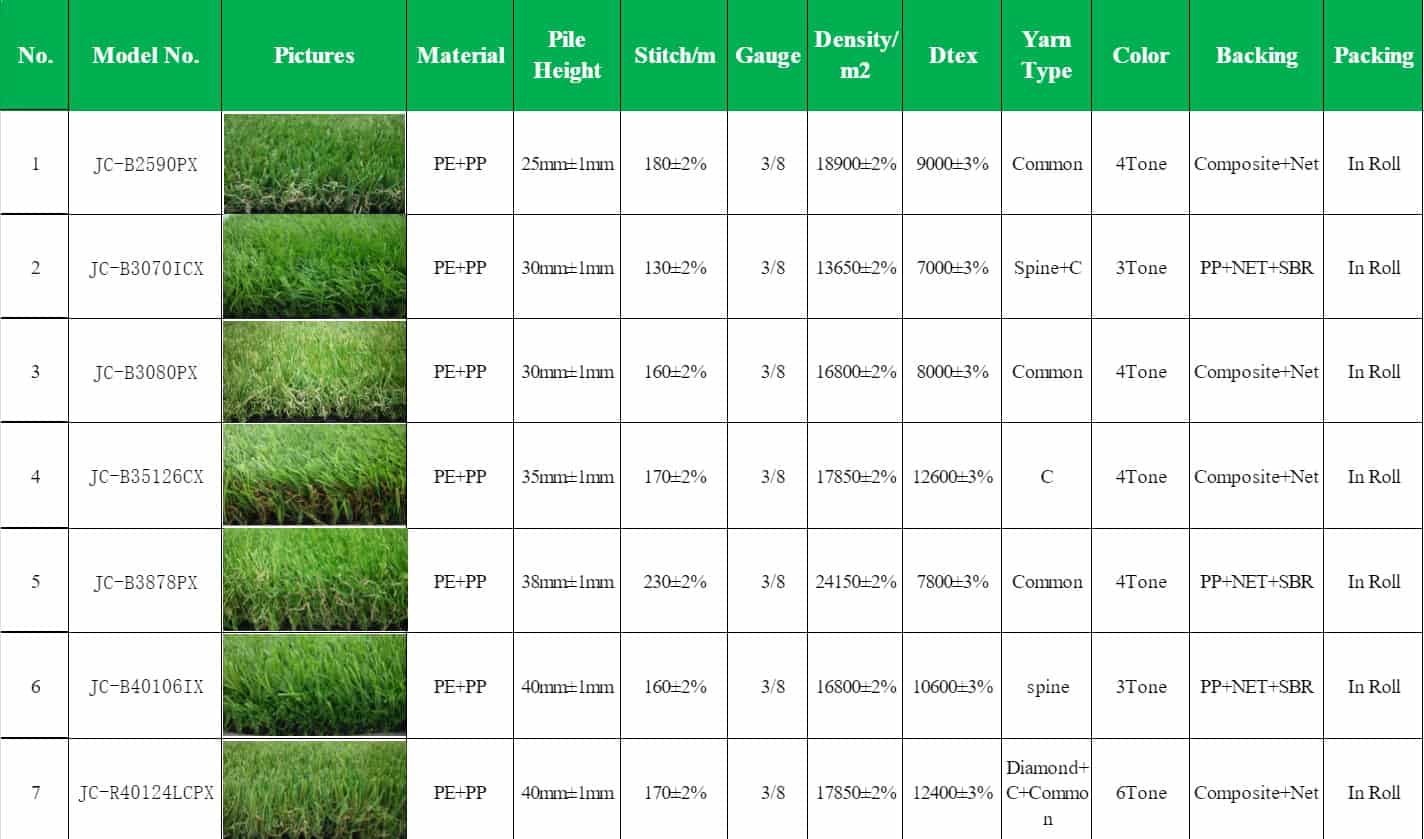Thinking of installing artificial grass but trying to keep costs low? You may wonder what truly matters before you begin, which methods save the most money, and how to select the right turf without compromising quality or safety. Whether you plan a DIY project for your yard or want to update a sports field, understanding the basics can make a huge difference to your budget and results.
This article covers everything you need to know to install artificial grass affordably, including preparation tips, cost-saving methods, and material selection. Whether you’re working with dirt, concrete, or decking, you’ll find practical advice to make your project a success without breaking the bank.
What You Need to Know Before Installing Artificial Grass
Before installing artificial grass, it’s important to consider several key factors that affect both cost and quality.
Clarify Your Purpose
Why are you installing artificial turf? Is it for the most affordable option, long-term durability, enhancing your lawn’s appearance, or a quick fix? Understanding your primary goal will help guide all your decisions, from choosing materials to installation methods.
Assess the Installation Area
The type of surface you’re working with (soil, concrete, decking, or unique landscapes) determines how you should prepare the area. For soil, you’ll need to clear existing grass, level the surface, and ensure proper drainage. Concrete may require additional steps like adhesives or an underlay to stabilize the turf. These factors also affect the cost per square foot and the durability of your artificial grass.
Consider Usage and Foot Traffic
Will the area experience heavy foot traffic or be used by pets? High-traffic areas or pet-friendly lawns require stronger, more durable turf and possibly an extra resilient weed barrier to maintain a pristine look.
DIY vs. Professional Installation
Deciding whether to install the turf yourself or hire a professional can have a major impact on your budget. DIY installation is a cost-effective option, but consider your skill level and the complexity of the project before making a decision. If you’re confident with tools, a DIY approach can significantly lower installation costs.
What is the cheapest way to lay fake grass?
Laying artificial grass can be an expensive project, but with careful planning, smart material choices, and some DIY effort, you can achieve a professional-looking lawn without breaking the bank. Here’s a step-by-step guide to help you lay fake grass affordably while still getting high-quality results.
1. Choose Affordable Artificial Turf
Artificial grass prices can vary widely, ranging from $2 to $8 per square foot depending on quality, pile height, and durability. To save money, consider the following tips:
- Go for shorter pile heights (around 0.5 to 1 inch), which are usually cheaper but still provide a natural appearance.
- Consider purchasing remnants or seconds: JCturf often offers discounted or clearance artificial turf, which may have slight imperfections but is perfect for smaller projects.
- Compare prices: Look at prices from various sources, including JCturf, local suppliers, and online retailers like Amazon and Walmart. If covering a large area, check for bulk discounts or clearance sales.
2. Minimize Area Coverage
- Measure accurately: To avoid purchasing too much material, measure your space precisely. For example, a 10×10-foot area requires 100 square feet of turf.
- Focus on high-traffic areas: Instead of covering your entire yard, lay turf in high-use areas like patios, play zones, or walkways, which will reduce the amount of material you need to buy.
3. DIY Installation: Save on Labor Costs
Hiring professionals for turf installation can cost anywhere from $5 to $12 per square foot. By doing it yourself, you can save 40% to 60% of the total cost. Here’s how you can install artificial grass on a budget:
Tools and Materials:
- Basic tools: You likely already own basic tools like a shovel, rake, and utility knife. You can rent a plate compactor from a hardware store for about $20–$50 per day.
- Base materials: Use crushed stone, decomposed granite, or gravel for the base, costing about $0.50–$1 per square foot. Local suppliers are a great choice to avoid high shipping fees.
- Weed barrier: A simple weed barrier fabric costs around $0.20–$0.50 per square foot. Avoid expensive branded versions.
- Adhesives and seam tape: Turf staples ($10–$15 for 100) or minimal adhesive ($10–$20) will be enough to secure the seams.
Installation Steps:
- Clear the area: Use a shovel and rake to remove any grass, weeds, or debris (free if you already have the tools).
- Prepare the base: Level the ground and lay down 2–4 inches of crushed stone or gravel. Rent a plate compactor to pack the base down.
- Lay the weed barrier: Place a weed barrier fabric on the surface to prevent weed growth underneath the turf.
- Install the turf: Roll out the artificial grass, cut it to fit with a utility knife, and secure it with turf staples or adhesive for the seams. Make sure the fibers all face the same direction for a natural look.
- Add infill (optional): If needed for stability or cushioning (e.g., for play areas), you can add infill like silica sand ($0.50–$1 per pound).
4. Reduce Additional Costs
- Skip extras: Avoid unnecessary add-ons like shock pads or heavy infill unless they are essential for your project (e.g., for sports fields or pet areas).
- Reuse materials: If replacing old turf or landscaping materials, consider reusing any existing base materials if they are still in good condition.
5. Consider Alternatives for Small Spaces
For smaller areas, like balconies or patios, interlocking artificial grass tiles are a great, affordable option. These tiles cost about $1–$3 per square foot and are easy to install without needing a base or adhesive, making them an even cheaper and quicker solution.
Cost Estimate Example
For a 100-square-foot area, here’s an estimate:
- Turf: $1–$2 per square foot = $100–$200
- Base material: $0.50 per square foot = $50
- Weed barrier: $0.30 per square foot = $30
- Staples/adhesive: $15
- Tool rental: $30 (for a plate compactor for one day)
Total: $225–$325 (compared to $800–$2,000 for professional installation)
Tips to Save Even More
- Check for deals: Keep an eye on seasonal sales, particularly in spring or fall, on JCturf’s website or other retailers.
- Request free samples: Many suppliers, including JCturf, offer small turf samples to help you choose the right product without committing to a full purchase.
- Negotiate or buy in bulk: Don’t hesitate to negotiate with local suppliers or purchase in bulk for larger projects to get discounts.
Cheapest Way to Install Artificial Grass on Different Surfaces
Artificial grass can be installed on various surfaces, and the approach to minimize costs will depend on the type of surface. Below are cost-effective methods for dirt, concrete, and decks.
Cheapest Way to Lay Artificial Grass on Dirt
Materials: Budget turf ($1–$2/sq ft), gravel ($0.50/sq ft), weed barrier ($0.20/sq ft), staples ($15).
Steps: Clear dirt, level, add 2″ gravel base, compact (rent compactor, $20/day), lay weed barrier, roll out turf, secure with staples.
Cost (100 sq ft): ~$185–$285.
Cheapest Way to Lay Artificial Grass on Concrete
Materials: Budget turf ($1–$2/sq ft), double-sided tape ($10–$20).
Steps: Clean concrete, cut turf to fit, secure with tape, brush fibers.
Cost (100 sq ft): ~$110–$220.
Tip: Use interlocking turf tiles ($1–$3/sq ft) for small areas, no adhesive needed.
Cheapest Way to Lay Artificial Grass on a Deck
Materials: Budget turf ($1–$2/sq ft), tape/Velcro ($10–$20).
Steps: Clean deck, cut turf to fit, secure with tape or Velcro, brush fibers.
Cost (100 sq ft): ~$110–$220.
Tip: Skip adhesive for temporary setups, use weights like planters.
What is the cheapest sub base for artificial grass?
The cheapest sub-base for artificial grass is crushed stone or decomposed granite, costing about $0.50–$1 per square foot. These materials are widely available, provide good drainage and stability, and are suitable for most DIY installations on dirt surfaces.
- Why It’s Cheap: Crushed stone or decomposed granite is less expensive than specialized base materials like road base or engineered aggregates. You can source it locally from landscaping suppliers or quarries to avoid shipping costs.
- Installation: Spread 2–4 inches evenly, level, and compact with a rented plate compactor ($20–$50/day). A weed barrier ($0.20/sq ft) beneath helps prevent weed growth.
- Cost Example (100 sq ft): $50–$100 for material, plus $20–$50 for compactor rental.
Alternative: For very small areas (<50 sq ft) or tight budgets, sharp sand ($0.30–$0.50/sq ft) can work, but it’s less durable and may shift over time. Avoid using only native soil, as it doesn’t provide adequate drainage or stability.
Do I need to use a weed barrier or infill?
Yes, a weed barrier is recommended to prevent weeds from growing beneath the grass, which can extend the life of your turf. Infill (such as silica sand) helps with stability and cushioning, but if you’re on a budget or installing turf in low-traffic areas, you can skip the infill.
How can I effectively use turf remnants to save money?
Turf remnants can be used for smaller projects or to cover corners and irregularly shaped areas. Buying discounted remnants is a cost-effective way to save money while still covering the necessary area without wasting material.
How can I install multiple turf pieces and reduce waste?
When installing multiple pieces, measure and plan the area carefully to ensure precise cuts. Align the turf pieces in the same direction to create seamless joins, and cut the pieces to fit the area properly. By carefully planning, you can minimize waste and make the most of each turf section.
Affordable Solutions from a Trusted Artificial Turf Supplier for Laying Grass
We know that artificial grass is a great investment, but we also understand the importance of staying within budget. While cheaper turf options may not last as long as premium ones, with proper care, they can still provide years of beauty and low maintenance. A little brushing or rinsing now and then is all it takes, and that won’t add much to your costs.
JCturf is here to offer affordable, high-quality turf that suits both your budget and your needs. As a trusted supplier and manufacturer, we make sure you get the best value without compromising on durability.
Visit our website or reach out to us today, and let JCturf help you create a stunning, hassle-free lawn at a price that works for you.


